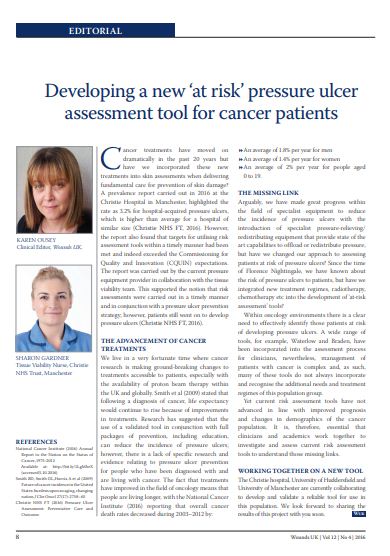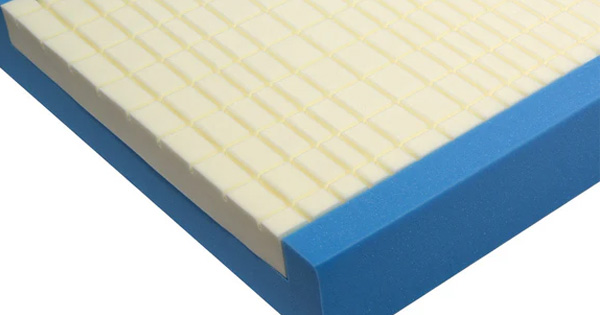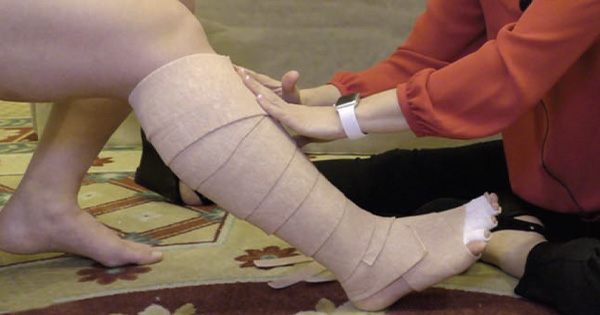Cancer treatments have moved on dramatically in the past 20 years but have we incorporated these new treatments into skin assessments when delivering fundamental care for prevention of skin damage? A prevalence report carried out in 2016 at the Christie Hospital in Manchester, highlighted the rate as 3.2% for hospital-acquired pressure ulcers, which is higher than average for a hospital of similar size (Christie NHS FT, 2016). However, the report also found that targets for utilising risk assessment tools within a timely manner had been met and indeed exceeded the Commissioning for Quality and Innovation (CQUIN) expectations. The report was carried out by the current pressure equipment provider in collaboration with the tissue viability team. This supported the notion that risk assessments were carried out in a timely manner and in conjunction with a pressure ulcer prevention strategy; however, patients still went on to develop pressure ulcers (Christie NHS FT, 2016).







